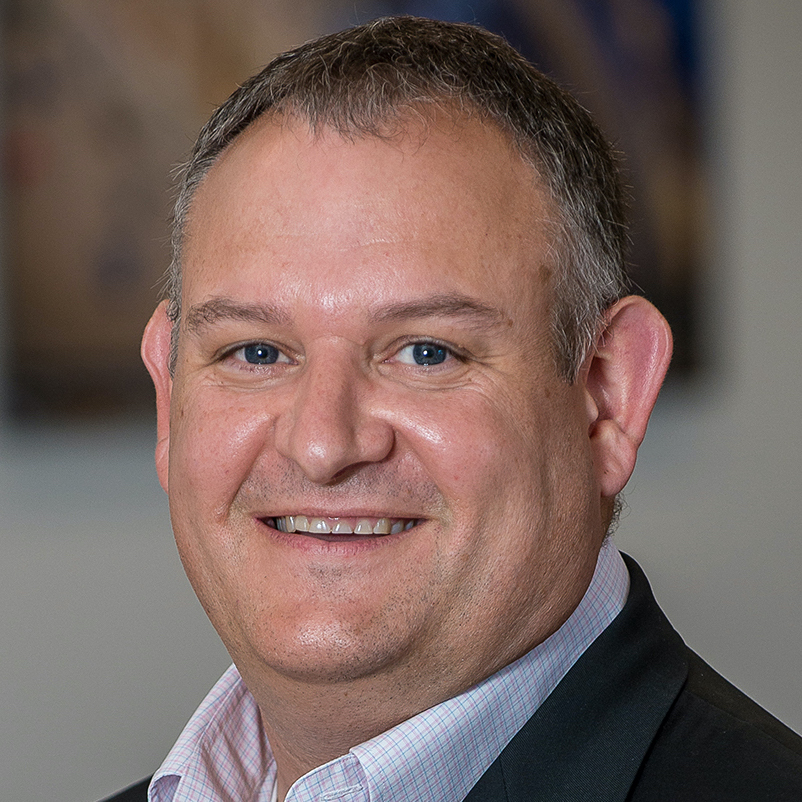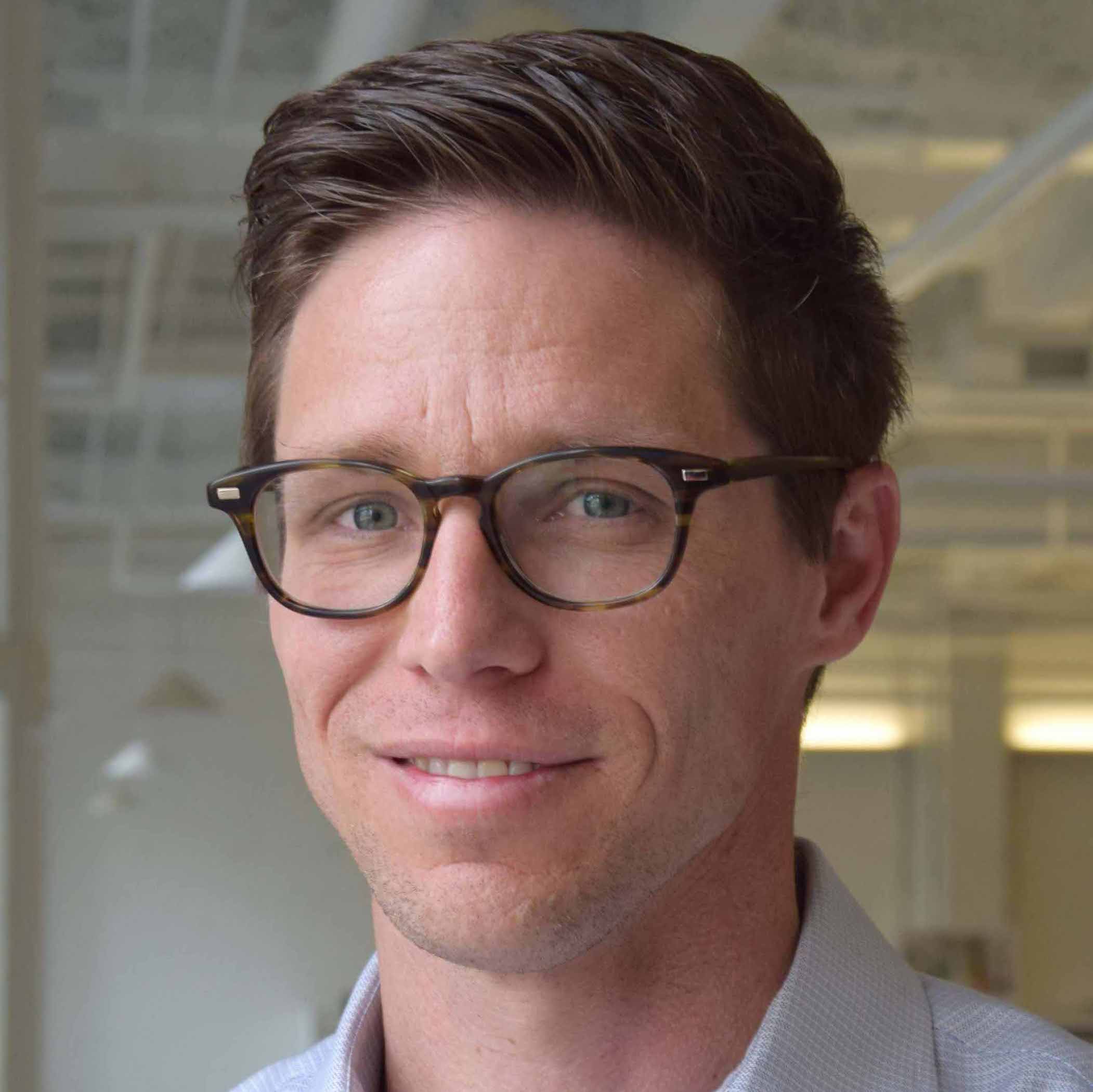Campuses with sustainability commitments likely haven’t thought all that much about sustainability in the past year. Pushing through the pandemic and holding classes safely had to be the priority.
With vaccines rolling out, administrators and student groups alike may be starting to wonder: What is the environmental cost of all this infection control? Which COVID-19 prevention measures should we keep in the long term and which may hinder our sustainability goals?
The price of fresh air
A typical HVAC system might combine approximately 20% outside air with 80% recirculated air. When information about how COVID-19 spreads came to light, many campuses looked to increase the outside air percentage.
Typical HVAC design provides some flexibility for the amount of outside air the system can handle. Often, an existing HVAC system can be configured to bring in about 10-15% more fresh air, but the energy cost can be significant and occupant comfort may be compromised.
Maximizing the outside input to a standard HVAC system could result in higher energy consumption except on particularly temperate days. As a result, it’s best for sustainability purposes to return ventilation systems to their design settings once the pandemic subsides.
On temperate days or in temperate climates, there is one very cost-effective way to get 100 percent fresh air: Outdoor learning.
More from UB: How one university is fueling diversity in construction management
Many campuses developed outdoor learning spaces during COVID-19 and, in fact, outdoor-instruction areas were a rising trend in higher education before the pandemic. These spaces add vibrance to campuses and can be as simple as contours in patios or courtyards that allow for seating or writing.
Shedding light on filtration
Last year, administrators across the country suddenly had to become air-filtration experts and learn about MERV ratings, which is how the effectiveness of air filters is measured. MERV 13 seems to be a good start for limiting the aerosols that spread COVID-19.

If your campus made air-filtration upgrades during COVID-19, you may be thinking, “Clean air is good, what’s the harm of leaving this in place?”
The stronger the filter, the harder HVAC systems have to work to push or pull air through it. This can increase the energy consumption and reduce the performance of the system.
MERV 13 filters are required in many different occupancy types. Stronger air filters are typically the providence of hospitals, labs, or other spaces that require a high level of filtration.

UV systems have been another common upgrade to HVAC systems. While UV light can deactivate the virus on surfaces, the effectiveness of UV systems on airborne particles should be reviewed before installing a system. UV systems can add a significant electrical load to the system as well.
Take stock and build for flexibility
“One of the things that concerned us as we adapted to COVID-19 was our lack of knowledge about our physical assets,” says Keenan Chenail, planning, design and construction project manager project manager at Williams College. The Massachusetts school had been planning to take a detailed survey of its buildings, furniture and infrastructure when the pandemic hit.
Williams College has a deeply held commitment to sustainability, Chenail says. But, like with every other school across the country, that simply couldn’t be a priority as testing sites were set up in parking garages or tents.
“Knowing how furniture could be reconfigured or the specs of every HVAC system would have given us a head start on our response,” Chenail adds. “That said, everyone at Williams came together to bring our students back to campus and we had a very successful fall semester.”
Living through COVID-19 will give a whole generation of administrators new questions to ask as they take on development projects. Whether it’s a pandemic, a storm or something else we haven’t thought of yet, how is it going to work when a gym needs to be something other than a gym?
Designing for flexibility will enable campuses to avoid making tough calls that compromise sustainability in the future.
Richard Loveland, P.E. is vice president of BVH Integrated Services, a consulting engineering firm with offices in Bloomfield, Connecticut, and Newton, Massachusetts. Michael B. Tyre, AIA, LEED AP, is a principal at Amenta Emma Architects with offices in Boston, New York and Hartford.






